The benefits of faux plants – the well-being and practical perks of using artificial house plants
Faux houseplants can be controversial, but they do hold some benefits that are worth considering

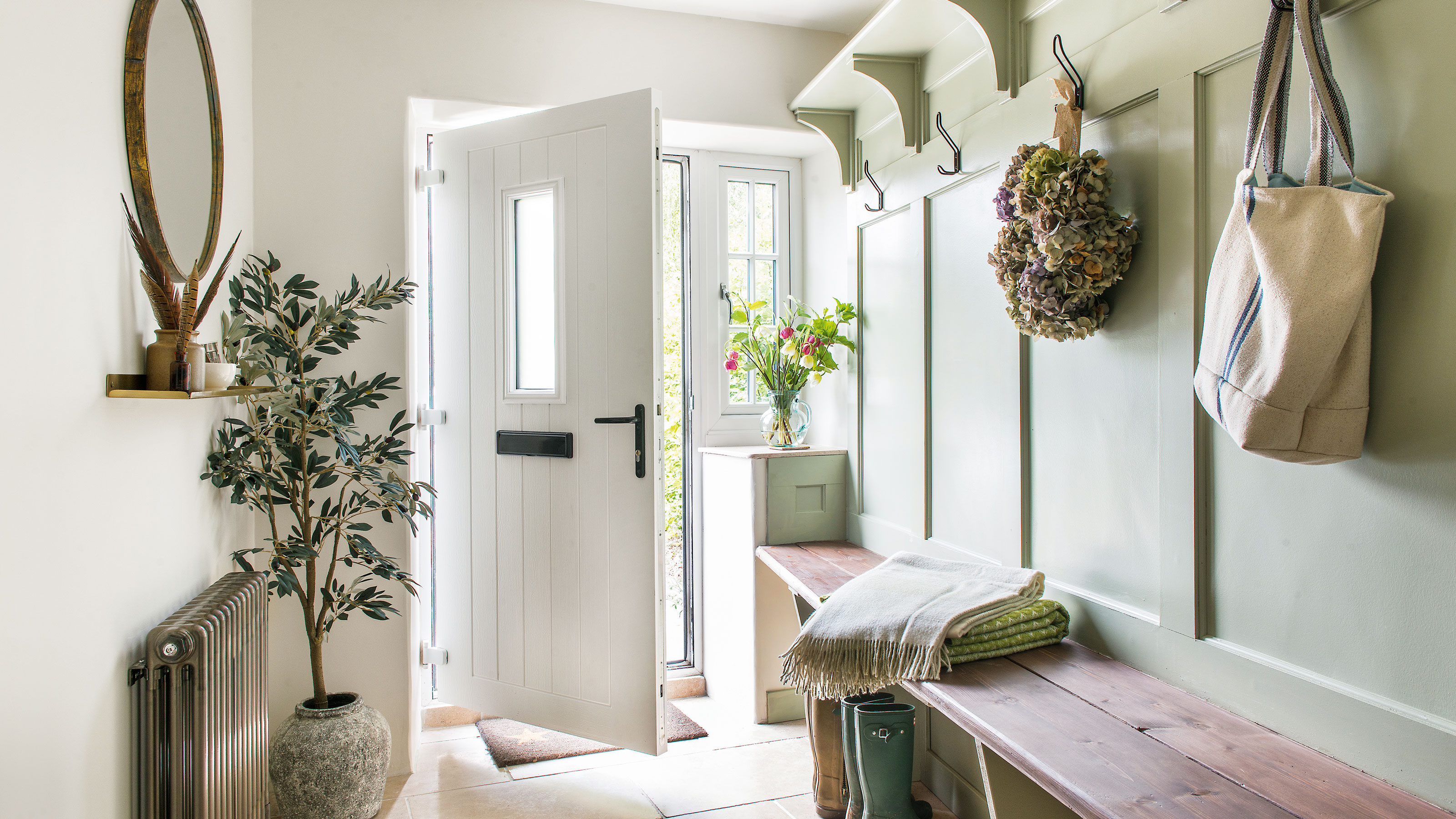
Plants have been a key part of interior design for years now and it’s hard to imagine a home without them. However, not all of us have the green thumb or the time to allow us to properly enjoy them, if this sounds like you then you might be interested to learn that there are benefits to faux plants too.
Houseplant ideas add life to your surroundings, connecting your indoors to the outdoors and bringing a taste of the mood-boosting positivity and fresh-air feels of a healthy walk in the country. Frothy ferns are a great bathroom houseplant idea for adding softness to ‘hard’ spaces like tiled bathrooms. Alternatively, tumbling strings of pearls prettify shelves and make a natural alternative to artwork as a living room houseplant idea.
However, if you’re already losing essential me-time taking care of kids and pets adding taking care of houseplants to the mix could prove more stressful than stress-relieving. This is where faux plants come in, they might be controversial, but in the right circumstances, they can be the right choice for your home.
The benefits of faux plants
A good fake will give you the visual benefits of the real thing without the watering, feeding and pests. Plus, they’re a better option if you have allergies or a pet. Perfect for indulging your dream of a biophilic interior.
However, they don't deliver the same psychological benefits you can reap from real houseplants. You’ll see lots of claims made that fake plants can reduce anxiety and lower heart rate, etc. That’s because this is true of real plants and people assume it must be the same for fake.
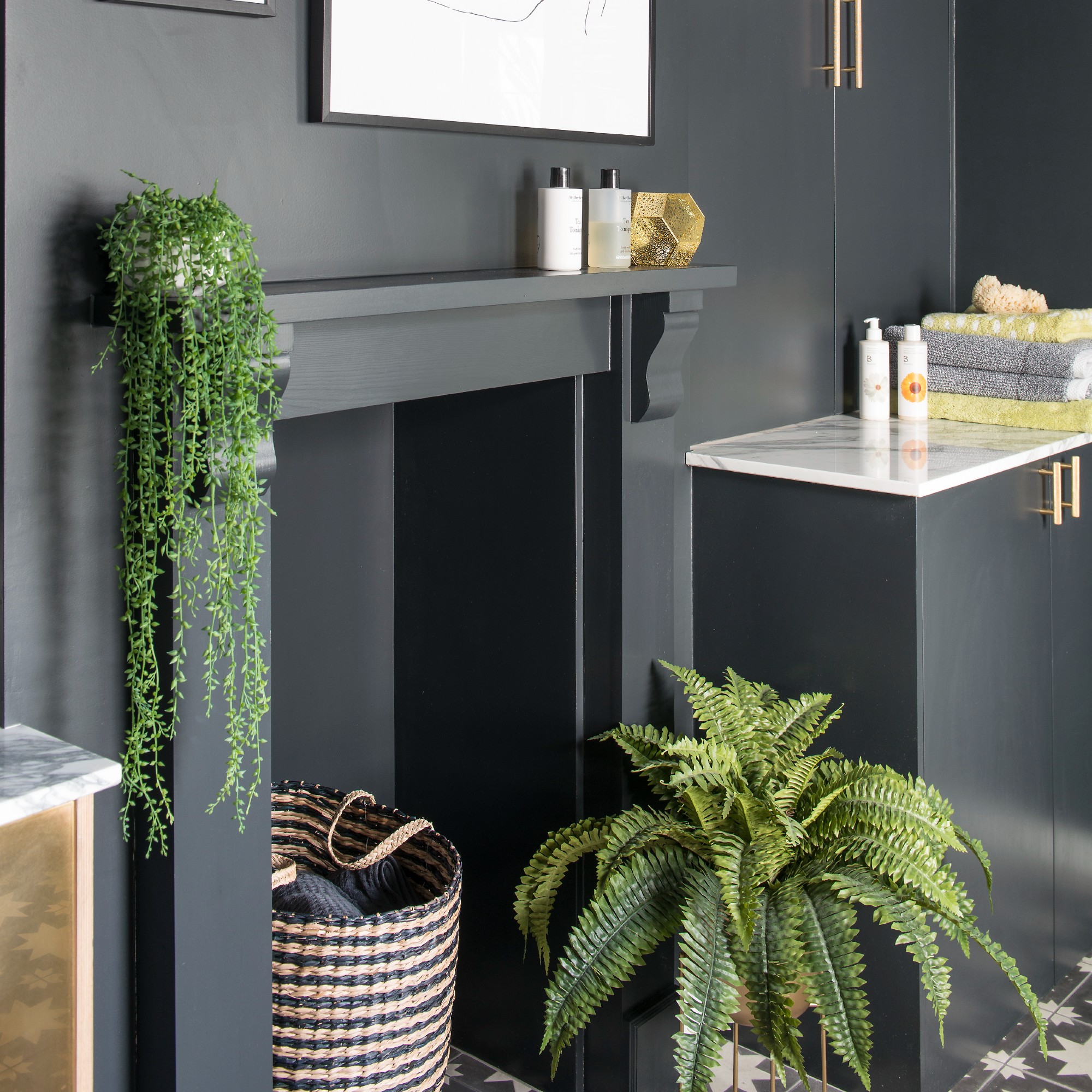
Past studies have found that looking at plants either faux or in a picture can lower stress levels, but this is thought to be because they make the space look more appealing. A 2019 study concluded that while looking at and interacting with living plants lifts mood, and increases relaxation, focus and productivity, the research subjects did not experience the same effect with artificial plants, photographs of plants or no plants.
Still, there is a lot to be said for the visual impact of faux greenery vs no greenery.
Sign up to our newsletter for style inspiration, real homes, project and garden advice and shopping know-how
1. You don’t have to look after them
The ultimate selling point of fakes is that they are truly low-maintenance. However, like any decorative item, they’re going to collect dust, so knowing how to clean artificial plants without doing any damage is the only skill you need.
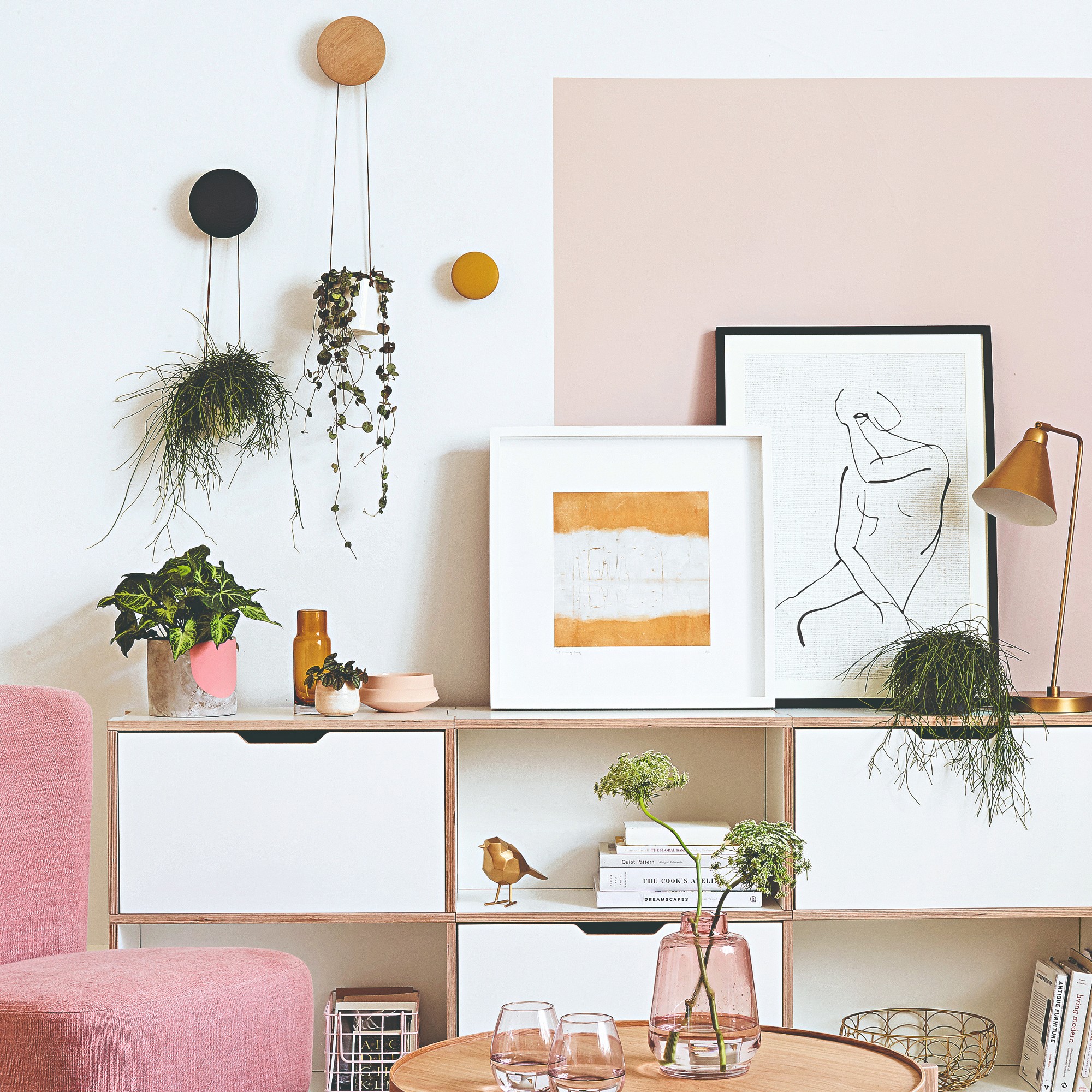
If you’re time-poor, you can choose artificials that are easy to clean. Alick Burnett, MD at Blooming Artificial advises, ‘The easiest artificial house plants to keep clean are broad-leaf faux like fiddle leaf figs, cheese plants and calathea. While their big leaf surfaces will catch a bit more dust than a more intricate faux, they can be cleaned quickly and easily with a damp cloth.
'Starting at the top of the plant to avoid dust falling onto already cleaned leaves, wipe each leaf from inside to out. Work your way down and then give the leaves a quick dry with a dry cloth or kitchen roll.
‘More intricate plants like ferns, grasses and flowers may require intricate cleaning with a paintbrush or compressed air. There are artificial plant cleaning sprays available, however, for all but the most stubborn marks and dirt, are mostly unnecessary and risk discolouring some fauxs.’
2. They will survive in any spot

Plants can be sensitive things that need the optimum conditions to flourish. That means you might not be able to put them where you want. Not so with an artificial plant, which can be used to fill any gap on a crowded bookshelf or brighten a windowless bathroom.
‘House plants cannot survive excessively dark conditions unless artificial LED grow lights are installed,' Guy Barter, Chief Horticulturist at the Royal Horticultural Society. 'They won’t thrive in very dark places.'
'Although there are houseplants to suit most areas of the home,' he points out if you want to keep your plant ideas real. 'For example, an aspidistra can do well in a dark spot far from any windows or doors.’
Guy worked as a microbiology technician for 11 years before deciding to switch careers and study for a horticulture degree at the University of Bath. He worked in the commercial horticulture world before joining RHS garden Wisley in 1990 as superintendent of trials. He went on to run the RHS Members’ Advisory Service before becoming its Chief Horticulturalist.
3. They are safe for pets
We tend to think of plants as healthy and harmless, when in fact they can be toxic. Research by insurers Direct Line in 2021 revealed that 33% of vets surveyed had experienced cats poisoned by plants in the past year.
Anna Ewers-Clark, Veterinary Research, Standards & Communications Lead at animal charity Blue Cross says, ‘Many plants are potentially dangerous to pets, especially if eaten in large quantities.'
In fact two of the most popular house plants spider plants and yucca plants are toxic to animals.
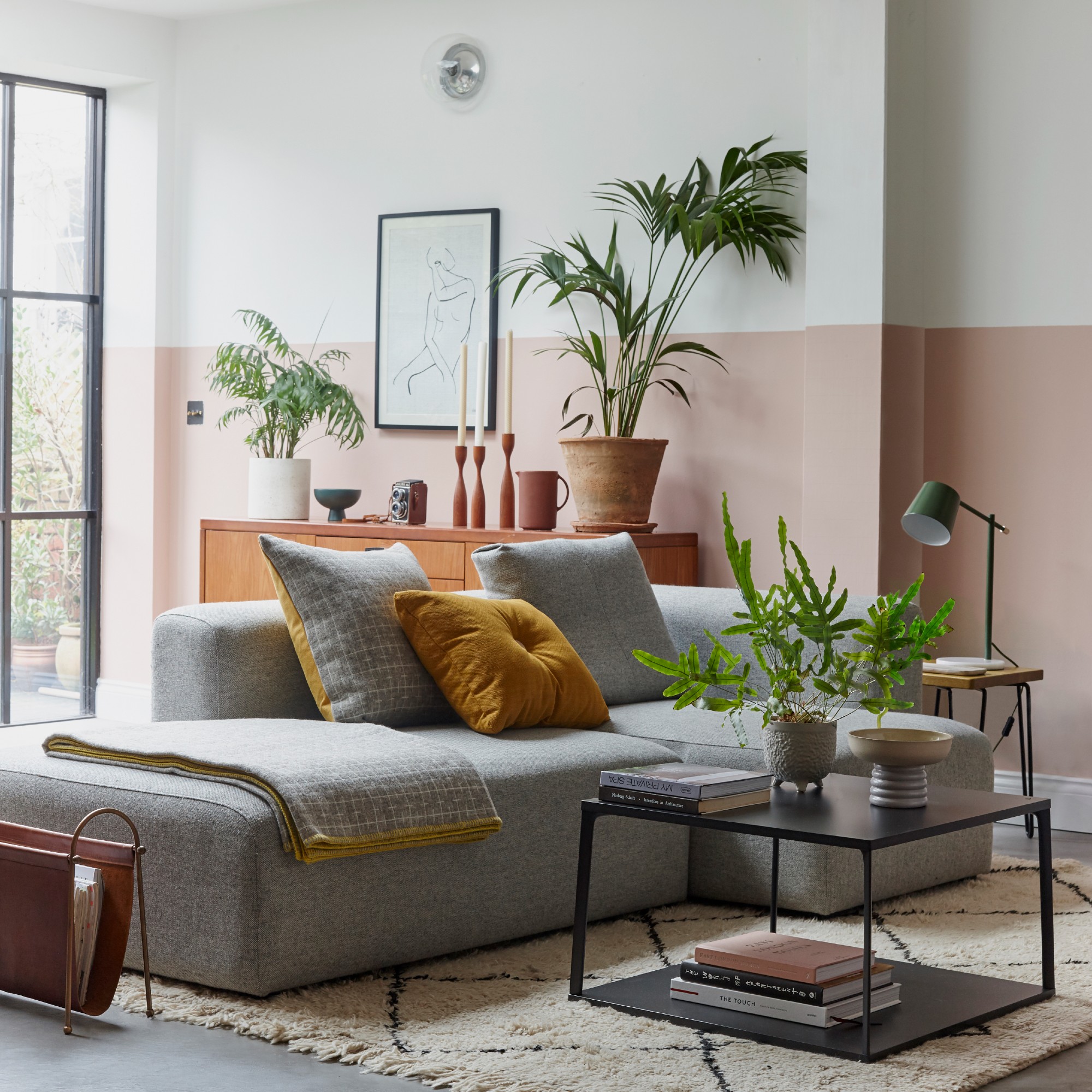
Anna continues, ‘Many poisonous plants will only cause mild symptoms, especially if only a small amount is eaten. But some can lead to very serious problems within a few hours, for example lily poisoning in cats which can cause kidney failure.
‘Plant poisoning symptoms to look out for include drooling, loss of appetite, low energy, vomiting and diarrhoea, drinking or urinating more, rashes or red skin, mouth ulcers, pale gums, twitching or seizures and collapsing.’
Anna gained a Bsc in animal behaviour and welfare at the University of Bristol before attending the Royal Veterinary College. She has been at animal charity Blue Cross since 2021.
4. They don’t attract pests
Just like the plants in your garden, house plants can be a beacon to tiny parasites that can ultimately kill them.
Guy Barter, Chief Horticulturist at the Royal Horticultural Society says: ‘Houseplants can potentially attract a wide range of pests but most are easy to control. The two difficult pests to manage are mealy bugs and fungus gnats – the latter can be managed by choosing the right houseplant potting compost and avoiding over-watering.
'Mealy bug – which commonly affects orchids - requires cleaning up by wiping foliage with houseplant leaf cleaner but in serious cases replacement is unavoidable. It’s worth keeping new houseplants separate for a month or two to begin with so if it develops mealy bugs it hasn’t infected other plants.’
If the idea of dealing with this fills you with terror, save yourself the stress and stick to faux.
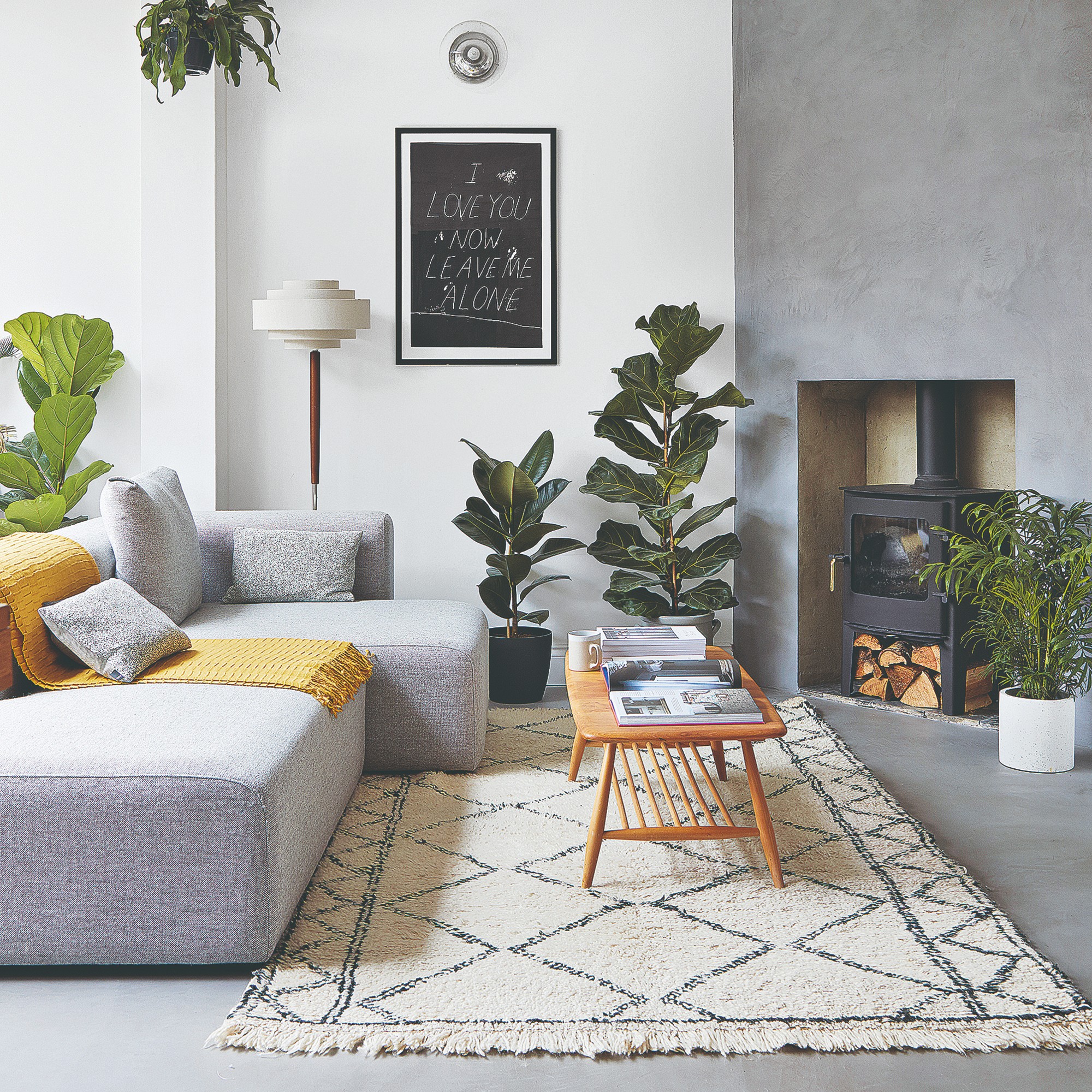
5. They always look perfect (but not too perfect…)
However well you care for real plants, they’ll still look a bit sparse and ropey when it’s not the growing season. Dedicated plant parents are prepared to spend time trimming off brown stems and dead leaves, or propping up floppy growth. But how many of us are one of those honestly?
If you know you're going to get frustrated by a less-than-lovely-looking plant, save your time and money. Fakes look good all year round, as long as you shop well for the most realistic designs.
What to look for in a faux plant
- Fine-woven, soft polyester leaves
- Lots of different greens
- Graduated colours
- Imperfections, such as curled leaves or browned stems
What to avoid in faux plants
- Glossy plastic leaves and stems
- Uniform colours
- Symmetrical branches and leaves
How to style faux plants
Interior designer Abigail Ahern says, ‘Look at plants in the same way you would any other accessory. Think about their shape, their colour, their texture. Above all, play about with style and scale. Liven up dark corners or bathrooms, add softness to your kitchen shelves or take the eye to another dimension by popping one or two on your bookshelves.’
‘I like to create little still lives with faux plants by clustering a few together (succulents look super-sweet) and create a mini installation. When you group things as opposed to leaving gaps, your eye takes in the whole vignette and the effect is super-impactful.’
She advises upgrading your faux plants’ pots: ‘You can add more texture and interest by popping them in something that’s more suitable to your decor. Baskets and rustic clay pots are a great contrast to the leaf shapes and colours.’
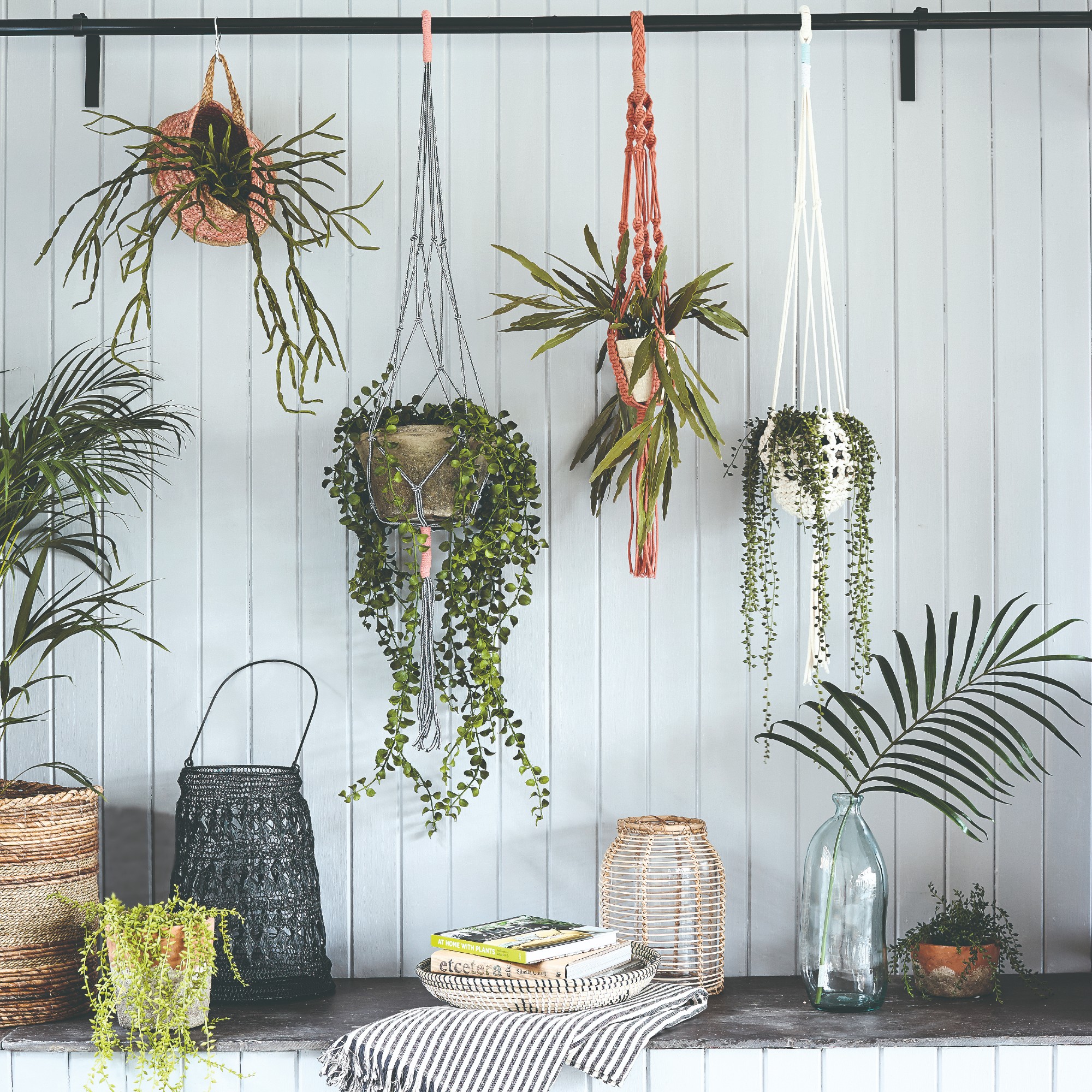
Where to buy faux plants
- Abigail Ahern – shop here for incredibly detailed trailing plants and ferns
- Oka – find hyperrealistic olive and bay trees, as well as beautiful perma-flowering orchids
- Neptune – best for convincing artificial succulents
FAQs
Are fake plants better than no plants?
Absolutely. They can have (or exceed) the beauty of real plants and serve the same aesthetic purpose in your home.
Are fake plants good for the environment?
Sadly, no. They are made with plastic and polyester and, even though some are made with recycled or recyclable plastic, the mixed materials used mean they cannot be put into household recycling bins and therefore end up in landfill. As a result, they can contribute to plastic pollution. In addition, they can contain formaldehyde, an air-polluting volatile organic compound (VOC).
This is something you should keep in mind when purchasing faux plants. Like real plants, you should ideally be committed to keeping them for a long, long time. They aren't quick throwaway items.

Vanessa Richmond has been a freelance writer, editor and editorial consultant since 2021. Her career in magazines began in 1998 and, apart from a four-year stint at women’s lifestyle magazine Red, it has been spent working on interiors titles including House Beautiful, Country Homes & Interiors and Style at Home. She is a former editor of Ideal Home, Country Homes & Interiors and Style at Home magazines. She has also worked for House Beautiful and Red. During her 25 years as a journalist, she has been a sub-editor, columnist, deputy editor and editor. Now she combines freelance writing with being a secondary-school English teacher.